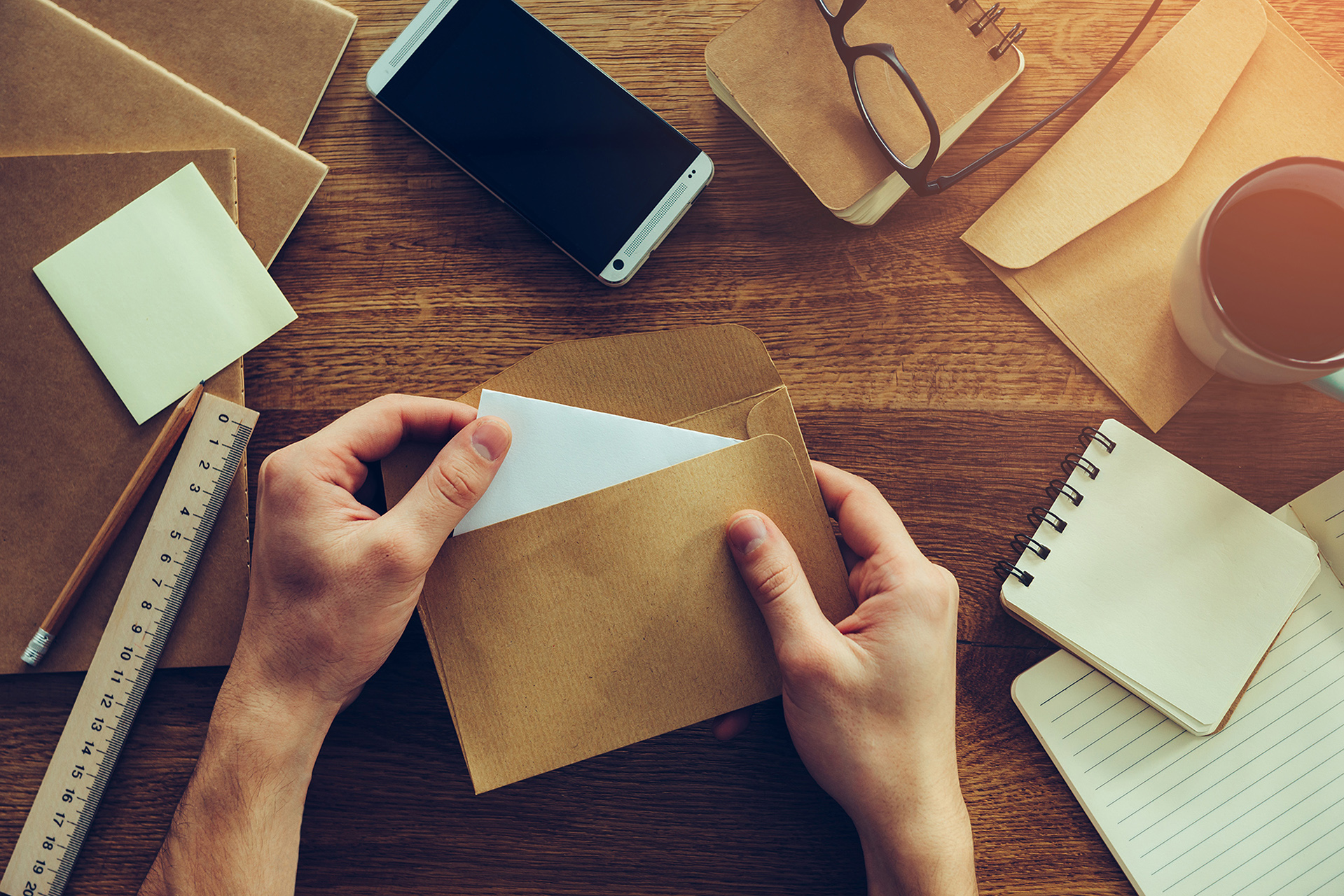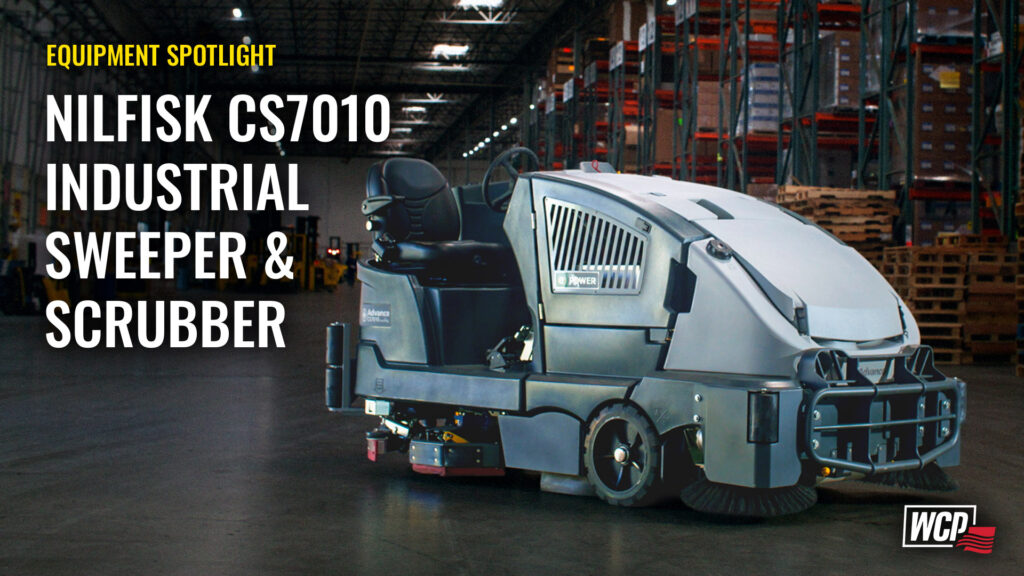A Beginner’s Guide to Envelopes
 Everyone uses envelopes on a daily basis but how much do you really know about how they are made, what features an envelope has, and how customizable they are? Today we’re diving into everything you need to know about envelopes so the next envelope order you place, you’ll have a better knowledge of the product you’re using.
Everyone uses envelopes on a daily basis but how much do you really know about how they are made, what features an envelope has, and how customizable they are? Today we’re diving into everything you need to know about envelopes so the next envelope order you place, you’ll have a better knowledge of the product you’re using.
Features of an Envelope
Envelopes are made up of several features including:
- Opening – The way the envelope opens determines what its use is. Open-end envelopes versus open side envelopes serve different purposes.
- Window – The envelope window is the area where most of the time you see the recipient’s address and it is left open in an effort to have the mailing information on the inside of the envelope instead of being written on the outside. The window can be left open or closed or you might choose not to have a window in your envelopes at all.
- Flap – There is a variety of types of flap options to choose from on an envelope including Commercial, Side Seam, Wallet, Square, Policy, Announcement, Baronial, Booklet, Catalog, and Square. Each type of flap offers a different aesthetic as well as serving different purposes for your mailing requirements.
- Closure – How you close each envelope also differs greatly per product. Some of the most common types of envelope closures are: Regular Gum, Ungummed, Latex Seal, Kleenstick, Peel-n-Seal, String and Button or Clasp and Tuck Closure.
- Seam – The look of an envelope is often distinguished by what type of seam it has. Types of seams available in envelopes include: Double Side Seam, Diagonal Side Seam, Single Center Seam, and Single Side Seam.
Popular Types of Envelopes
If you’re looking for the most basic type of envelope for your uses, No. 10 “regular” envelopes are the most widely used size for both business and personal uses. These are 4 ⅛” x 9 ½” in size and can serve multiple different purposes. For a more traditional feel, Baronial envelopes are often used for traditional uses like formal announcements and invitations. They have a distinctive deep pointed flap.
If you’ll be printing on your envelopes, commercial and side seam envelope flap options are best for machine insertion while Wallet, Square, and Policy envelope flaps are not recommended for machine insertion. When ordering envelopes for your printing needs, be sure to plan to order 10%-15% more than your project will require to have extras for test printing!
Source: https://tensionenvelope.com/blogs/envelope-basics
Typical Weights of Envelopes
Envelopes are made in a variety of different weights depending on the type of envelope and what it will be used for. The most common envelope, the standard #10 envelope weighs about 6.75 grams and is made with 20 lb paper.
Paper Used for Envelopes
When making envelopes, there are a variety of paper choices that may be used. Some of the papers often used in envelope manufacturing include Wove, Kraft, Recycled, Specialty and Tear Resistant papers. Each type of paper offers a specific purpose and may differ in quality and texture.
Source: https://tensionenvelope.com/blogs/envelope-basics
Did You Know that WCP Makes Envelopes?
Whether you need custom or standard size envelopes, our team at WCP actually makes envelopes in-house for whatever your needs may be. WCP Envelope is a trade converter that works directly with the print community. Contact your local Account Manager today to discuss your envelope needs and see what our offerings are.

